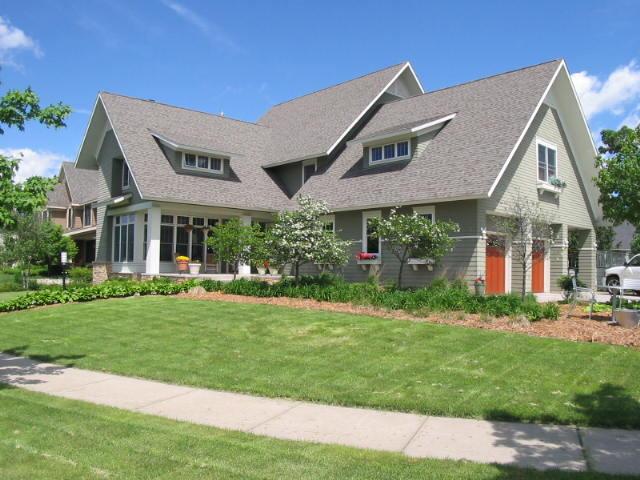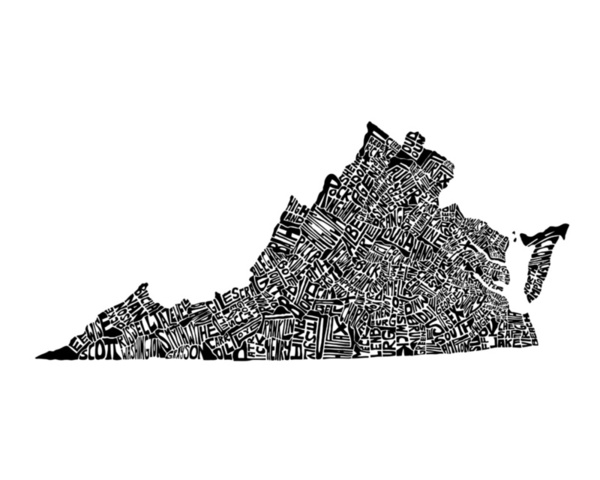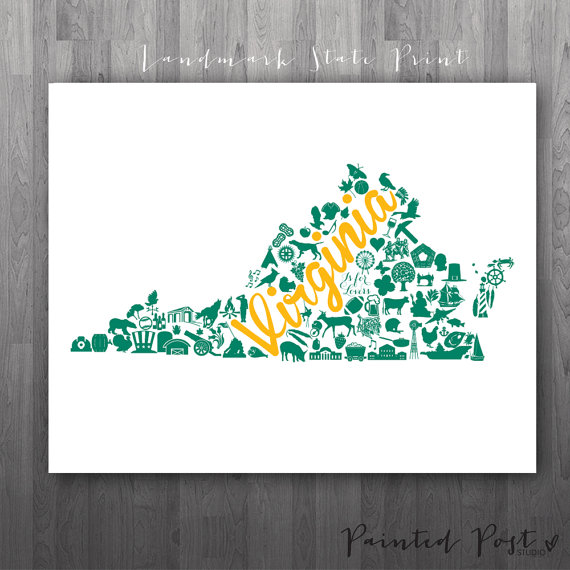I have historically been more of a book borrower than a book buyer, but in light of the fact that I want EVERYONE I KNOW to buy my book, in hardback, at MSRP, when it comes out, I’m trying to mend my ways. Plus, books make amazing souvenirs. Here’s what made it into my book bag on a trip to New England.

- Three magazines about Maine from the amazing Longfellow Books in Portland, Maine: Down East, Eat Maine, and Zest Maine. Would it maybe surprise you to know that I’m writing about food in Maine right now?
- Mud Season, by Ellen Stimson. About a woman who moves her family to a farm in Vermont and … rues the day? Stay tuned.
- Delancey, the wonderful memoir about starting a restaurant by Molly Wizenberg of Orangette. I’ve already read this one, but it was in Longfellow’s free pile of advanced reader copies. (Why do they give books away free in a bookstore? BECAUSE THEY LOVE US.) I’m happy to have an actual paper copy to highlight and wreck.
- Lynne Martin’s Home Sweet Anywhere, about an older couple who sells their house and travels around the world for a year. I think I’m just a sucker for any book with the word “home” in the title.
- Nick Hornby’s More Baths, Less Talking, a collection of his columns about books and reading from The Believer. When I say LOL, I very rarely mean it, but this—this deserves all the LOLs it gets. I love Anne Fadiman’s Ex Libris, but there’s something refreshing about a guy who admits he hates poetry and most classic literature and sometimes would rather watch TV sports. I’m a convert.
In case you’d missed the themes, it appears I’m gravitating toward books about finding home, leaving home, making great places, eating in said great places, writing, and, um, baths. If you want to follow along, friend me on Goodreads.
Like this post? Share it!




